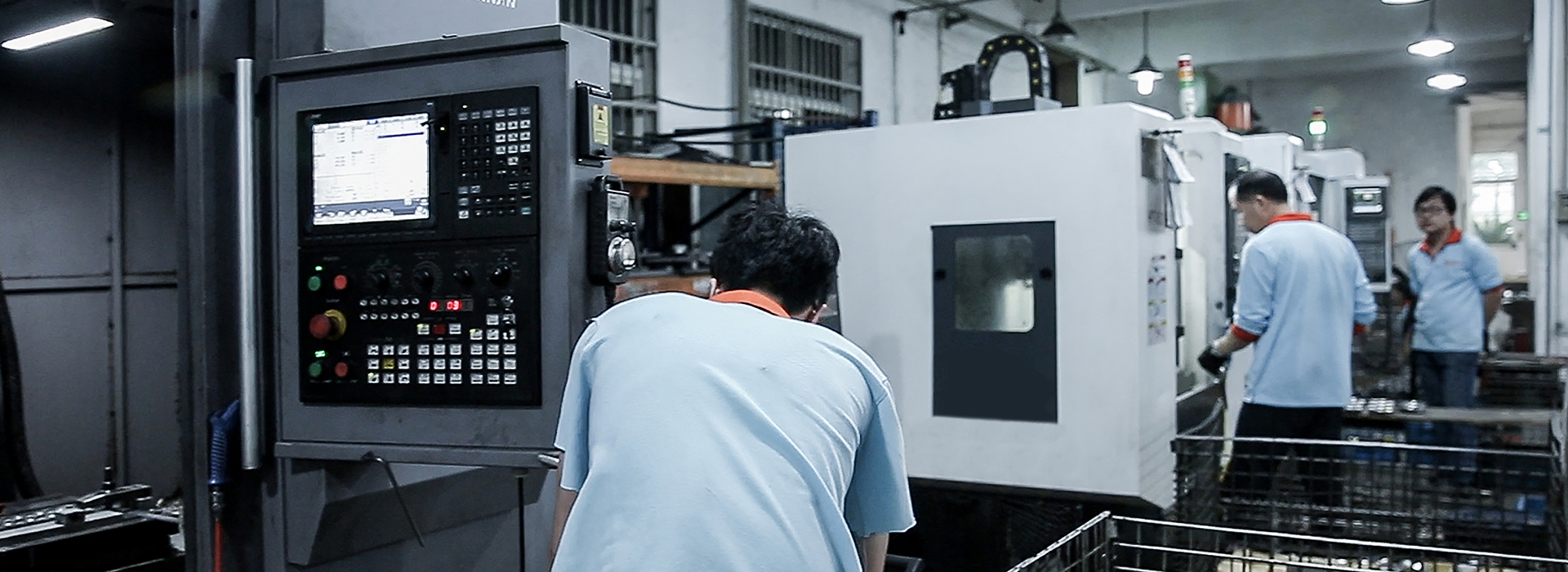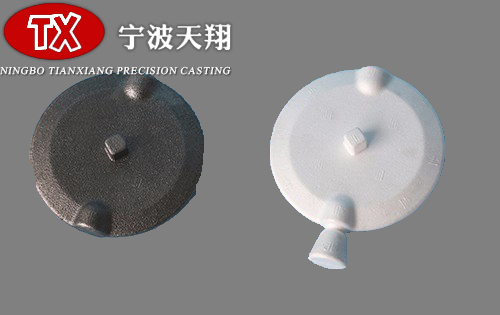
The gating system is the general name of the channels in which liquid metal flows into the mold cavity. It is composed of sprue cup, direct sprue, cross sprue internal sprue.
Determination of pouring position
Pouring position refers to the position of casting in the mold during pouring. The correct pouring position ensures the sound casting, makes the molding, core making cleaning convenient. Determining the pouring position is an important link in the casting process design, which is related to the internal quality of the casting, the dimensional accuracy of the casting the difficulty of the molding process.
According to the practical production experience, the mechanical casting factory should choose the pouring position according to the following principles:
1. The important machining surface, main stress surface wide plane of the casting face down. If they cannot face down, they can be side erected inclined. When the casting has more than one machining face, the larger face should be facing down.
2. For castings with uneven thickness, the majority of the thickness shall be upward to facilitate riser allowance realize directional solidification. 3. For thin-walled castings, the thin large plane shall be downward. If possible, it shall be lateral inclined to avoid defects such as cold separation pouring failure. This principle is particularly important for alloys with poor fluidity.
4. Try to reduce the price of mechanical casting use less sand, core, cantilever core core support, so as to ensure the sand core is firmly placed in the mold, accurately positioned smoothly vented.
5. It is advisable to keep the casting in the same position of mold closing, pouring cooling, so as to avoid dislocation damage of the mold during the turning process.
6. The pouring position of the casting shall be convenient for the molding, lower core closing box, for the inspection of the important dimensions of the mold (core).
Analysis selection of quotation plan for mechanical casting: the curved surface of the pipe is a large surface with thin wall thickness as long as it is machined. In order to prevent air holes non-metallic impurities, the large side of the pipe shall be poured downward. The first plan of the drawing meets the design requirements, the important continuous machining surface is on both sides of the pouring, which can make the side surface clean clean can reduce air holes non-metallic impurities It is caused by impurities other defects. In scheme II, the pouring position is at one end face, which is the most frequent distance the other end face of the pipeline. Therefore, it is conducive to the filling of liquid metal, resulting in uneven wall thickness other defects. Therefore, scheme I is more conducive to the design.
